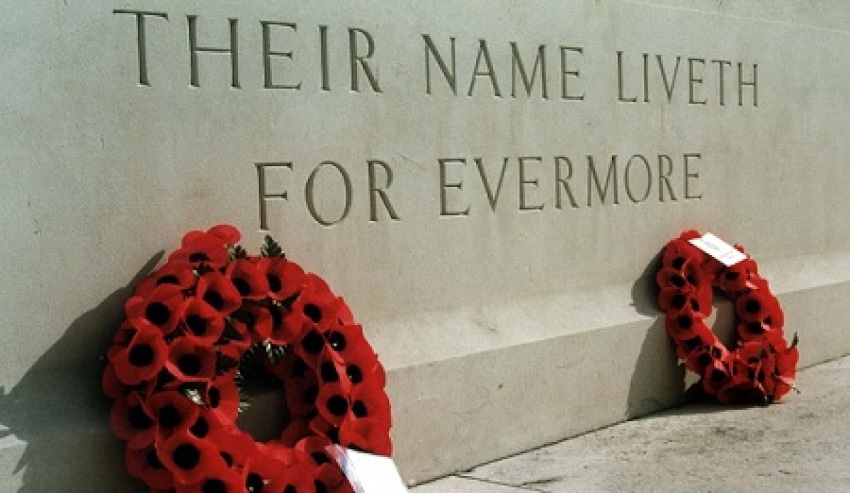The Australian War Memorial has launched a new special exhibition, ‘After the war’, which explores the personal and societal impact and legacy of war.
To continue reading the rest of this article, please log in.
Create free account to get unlimited news articles and more!
Developed as part of the memorial’s commemorations of the Armistice that ended the First World War, the exhibition explores the personal and social consequences of war over the past 100 years. It features a wide range of objects, works of art, letters, and documents predominately drawn from the memorial’s own collection.
Memorial director Dr Brendan Nelson said ‘After the war’ is an emotionally powerful exhibition that deals with complex themes, such as the cost of victory and the aftermath of war for individuals and for the nation.
"These are personal stories of hope, loss, and love," he said. "This exhibition is remarkable in its raw honesty about the impact of war, and it poses some vital questions: how do you celebrate a victory at the cost of so many lives? How does a mother rejoice in a victory in which she lost her sons? How do servicemen and servicewomen resume a normal life after witnessing the brutality of war? What is the true, hidden cost of war?"
‘After the war’ depicts harrowing and heartfelt stories, including those of Augustus Keown, who was the first double amputee to try an adapted car after the First World War; Bombadier James Braithwaite, who was one of only six Australians to survive the infamous Sandakan 'death marches' in the Second World War; and the family of David 'Poppy' Pearce, the second Australian soldier killed on operations in Afghanistan.
Assistant curator of the exhibition Dr Kerry Neale said that while the end of the First World War did not bring lasting peace, it brought a need to commemorate and reflect on the cost of victory.
"The memorial’s ‘After the war’ exhibition examines the aftermath of all wars in which Australia has been involved since the First World War. It is unusual in that it begins with an ending. The fighting on the Western Front had stopped by 11 November 1918, but Australians still had to deal with the consequences of the war," Dr Neale said.
The exhibition is currently open to the public and will run for 12 months.

 Login
Login






